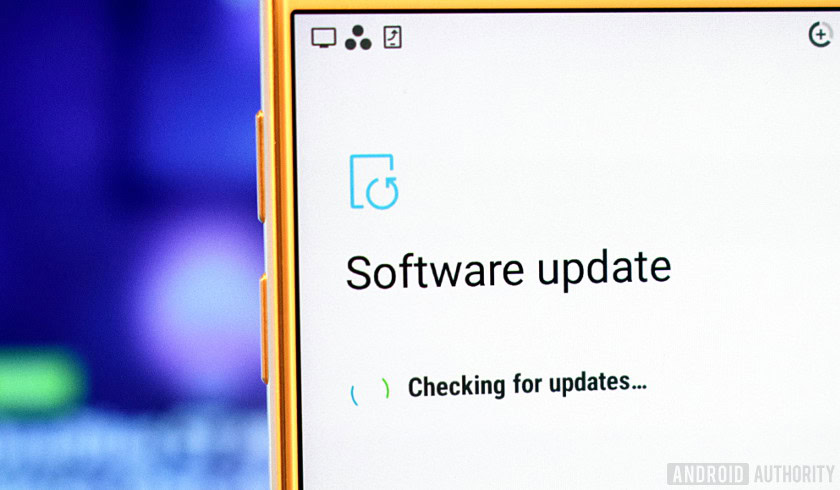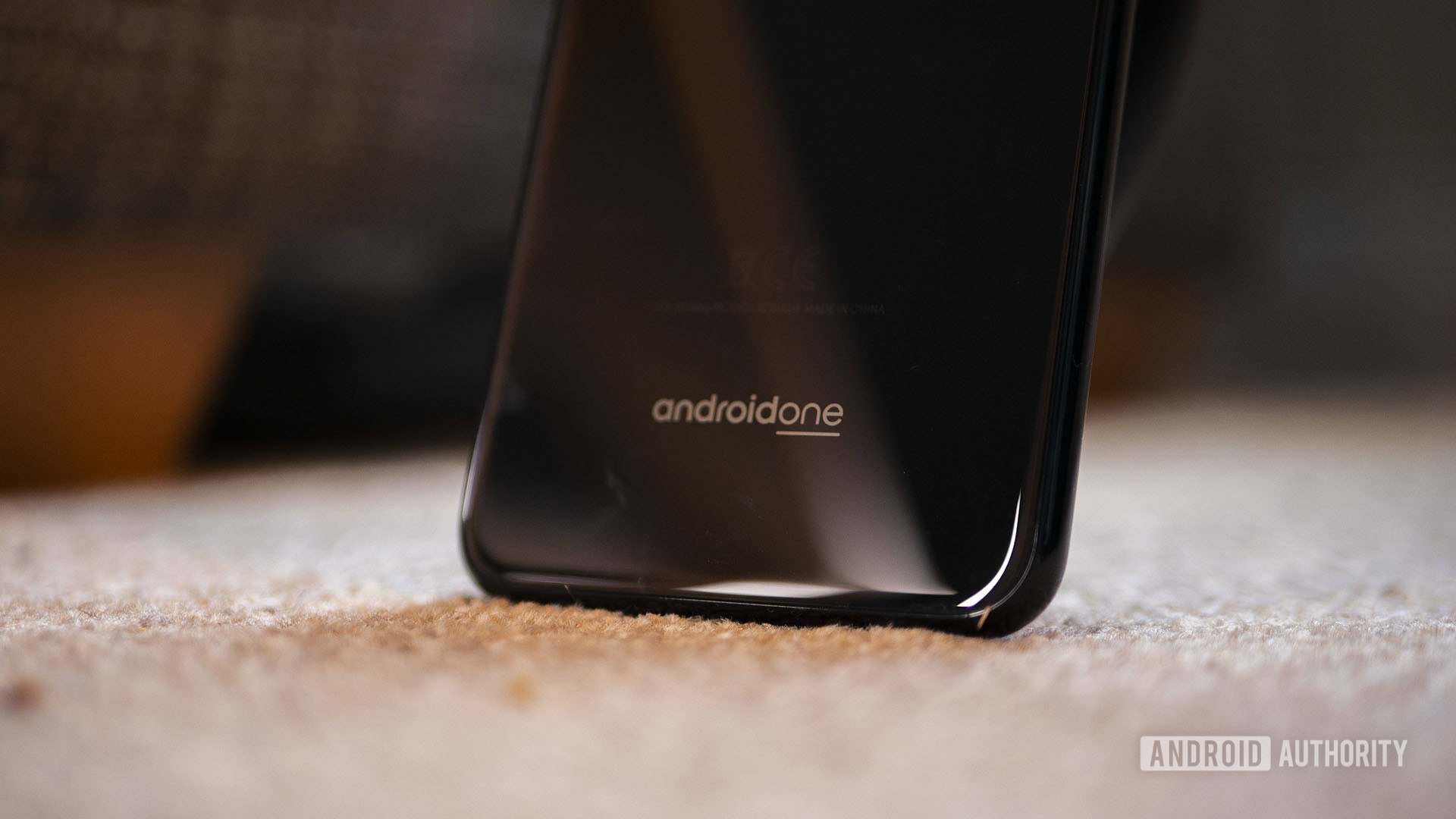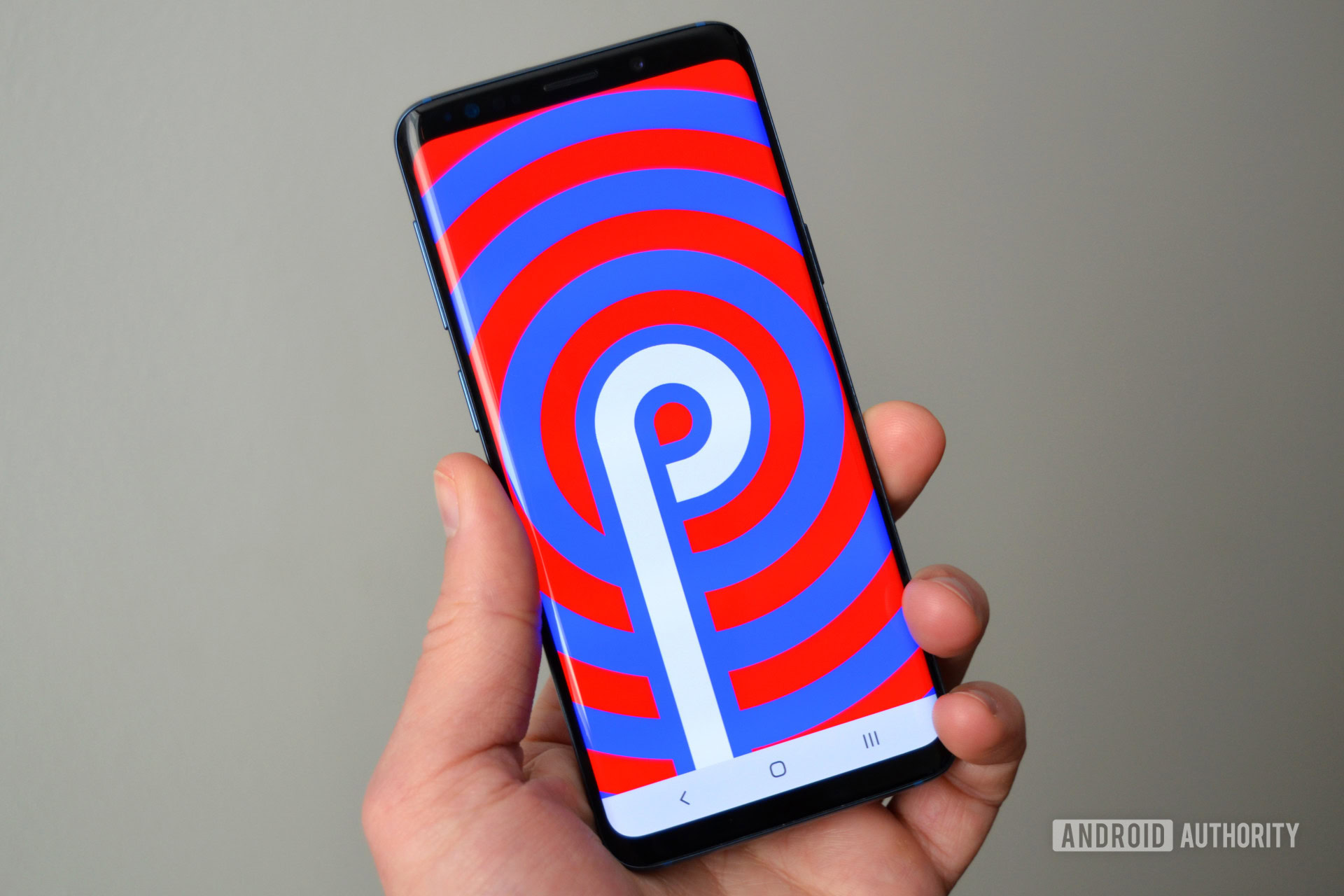Affiliate links on Android Authority may earn us a commission. Learn more.
Are Android updates getting faster? Let's look at the data

If you want the freshest version of Android as fast as possible, the Google Pixel range is clearly your best bet. Historically, other Android manufacturers have been much less reliable. Although some have been faster and more consistent with security and version updates than others. It’s left consumers a little befuddled when buying devices that will see longterm support.
With Project Treble now supported by key Android flagships, in theory updates should roll out to us faster than ever before. It’s now been five months since Android Pie launched — does the data confirm Google’s optimism about faster updates?
Let’s look at the data
The data in the graph below plots the time between an Android version’s release date and the first confirmed report of an OEM rolling out the update to unlocked phones on a global scale. I looked at key devices announced well ahead of a new Android OS announcement, so we can fully assess upgrade times. This list includes the Samsung Galaxy S series, HUAWEI P range, and LG’s G models.
On average, Nougat updates took about 192 days to reach key devices, while Oreo was slightly faster at 170. Android Pie updates hit devices much faster, averaging just 118 days from Google’s launch to significant OEM rollout. That’s a significant improvement, though we’re still waiting on updates from LG and HTC, which could drag this average back up.
Most manufacturers are faster at providing updates now, but a few are slower. HUAWEI, Samsung, and Xiaomi were noticeably quicker this time around, bringing updates to key devices before the end of 2018. OnePlus and Sony were especially fast, but they’ve always been speedier than most. Disappointingly, Motorola has rolled out updates to its flagship Z series slower over the last few years.
Small OEMs update their phones faster but major brands are closing the gap
One final point of note. This data doesn’t include older device update times or how manufacturers treat mid-range smartphones. Both of these categories still receive updates notably slower than major flagship launches. However, the situation appears to be improving with some OEMs with the rollout of Android Pie.

Treble and One have helped
Sifting through a huge range of smartphone update articles, there are two key trends that I’ve identified. First, Project Treble has helped major manufacturers update Oreo-based phones much faster than before. Second, Android One allows for much quicker updates for a broader range of consumers.
Looking back at the data, you’ll note that Samsung, HUAWEI, and Xiaomi sliced their update times by almost half between Nougat and Pie, with the biggest jump coming in the last update. All three manufacturers pushed updates to flagship phones just before 2019. In previous years they delayed updates until late Q1 or Q2 the following year.
This is important because these phones are some of the biggest sellers. The Samsung Galaxy S9, HUAWEI P20 Pro, and Xiaomi Mi 8 are in a lot of consumer’s hands, and most will now be using Pie. Unfortunately, Google’s distribution numbers don’t include Android 9.0 yet, but we could expect much faster adoption of the latest OS because of this.
Project Treble has cut months of the waiting times for major flagship phones
Outside of big-budget flagships, many lower cost phones already run Android Pie too. These phones are predominantly Android One models, including those from Nokia and Xiaomi. Interestingly, LG already has a 9.0 Pie update for the LG G7 One, while the regular LG G7 ThinQ model is still waiting for its global rollout. Similarly, the HTC U11 Life has Pie ahead of the flagship HTC U12 Plus.
The reason this initiative provides updates so fast is Android One devices run a stock OS. There’s no custom skin, software, or apps to update and test for compatibility, unlike handsets with more complex features from Samsung and others. Combined with Treble simplifying the driver layer, it’s quick for manufacturers to grab Google’s update and flash it to their devices.

There’s still more to be done
The number of key Pie updates already out so far paints a good picture for Google’s latest OS version. However, there are still major differences between the fastest and slowest manufacturers — a gap we would obviously like to see close further. Not to mention that mid-range and older devices are still often quickly forgotten about. In an ideal world, we’d like to see all smartphones receive updates for longer than two years.
The real test for Android will come with the next major OS update. Can manufacturers provide consistent security updates, as well as key OS upgrades? Will last year’s devices continue to see support at this pace? Will Treble finally help to end Android’s long-running issue with fragmentation?